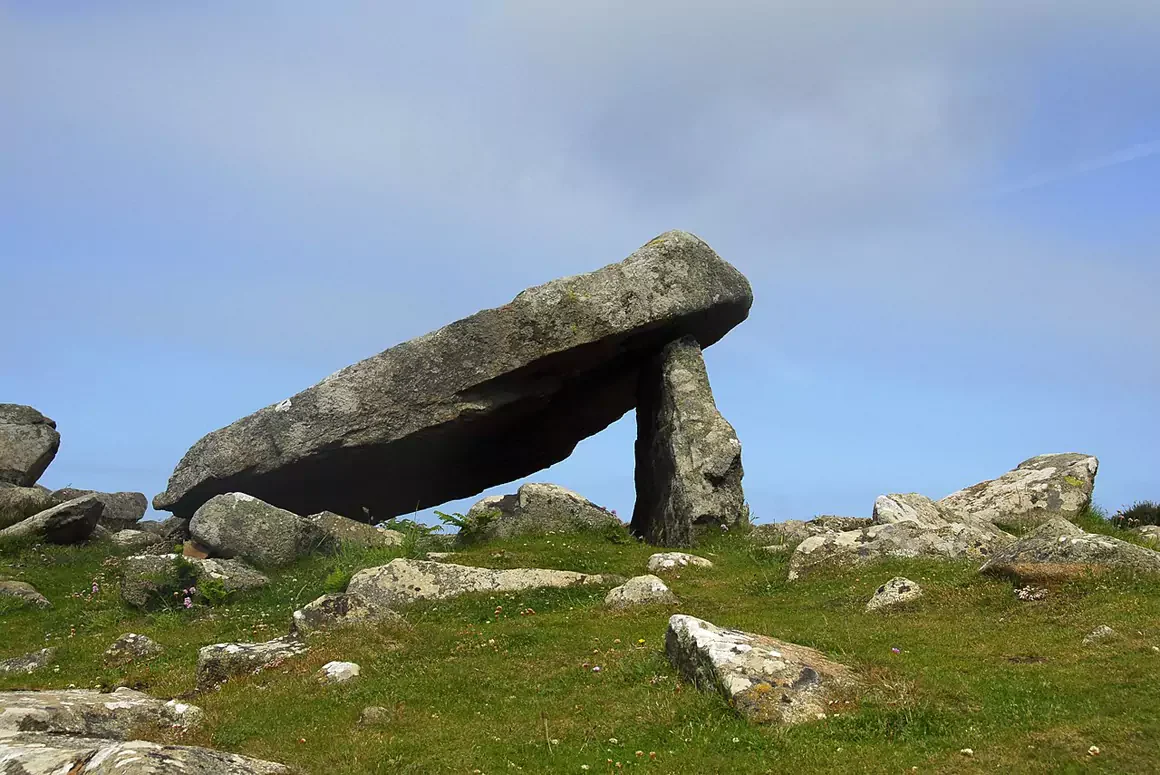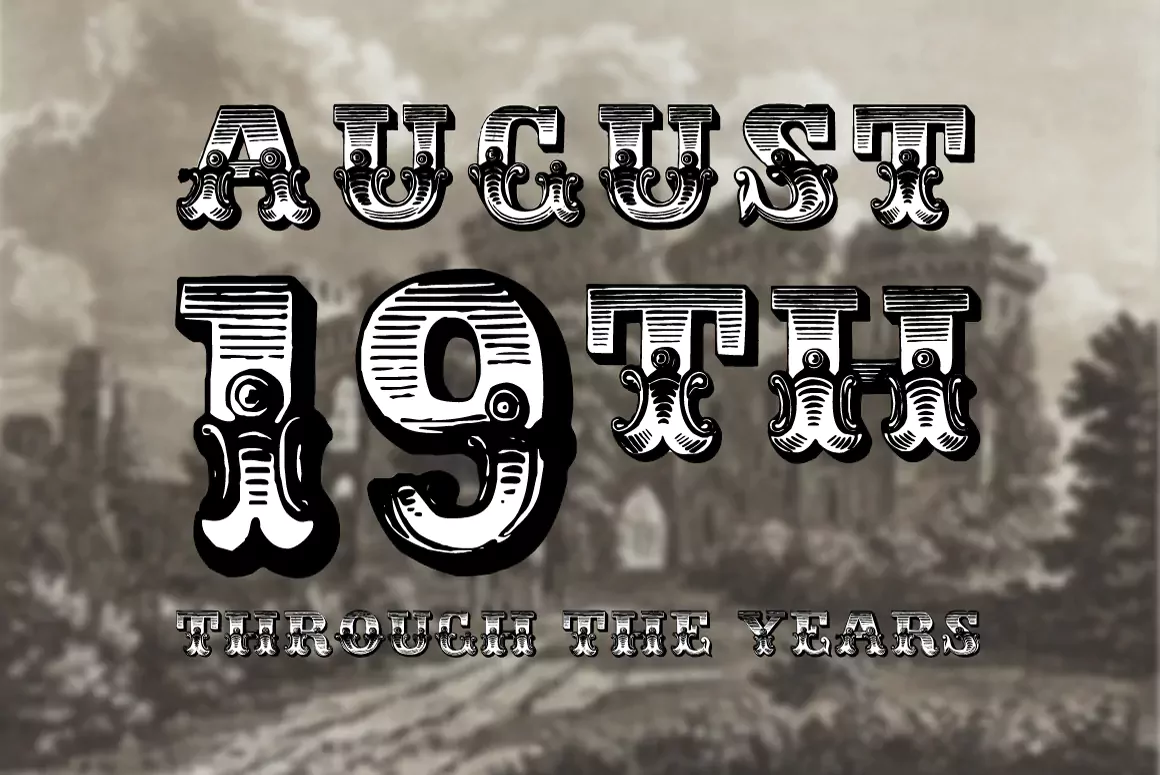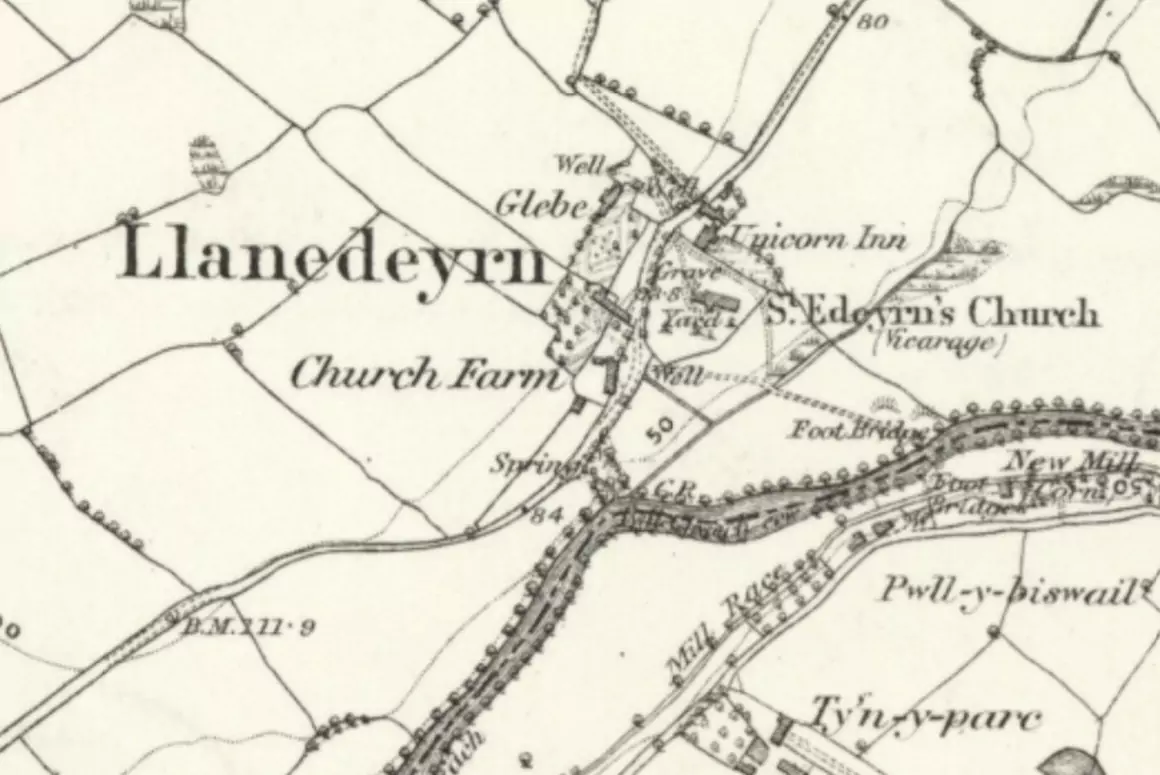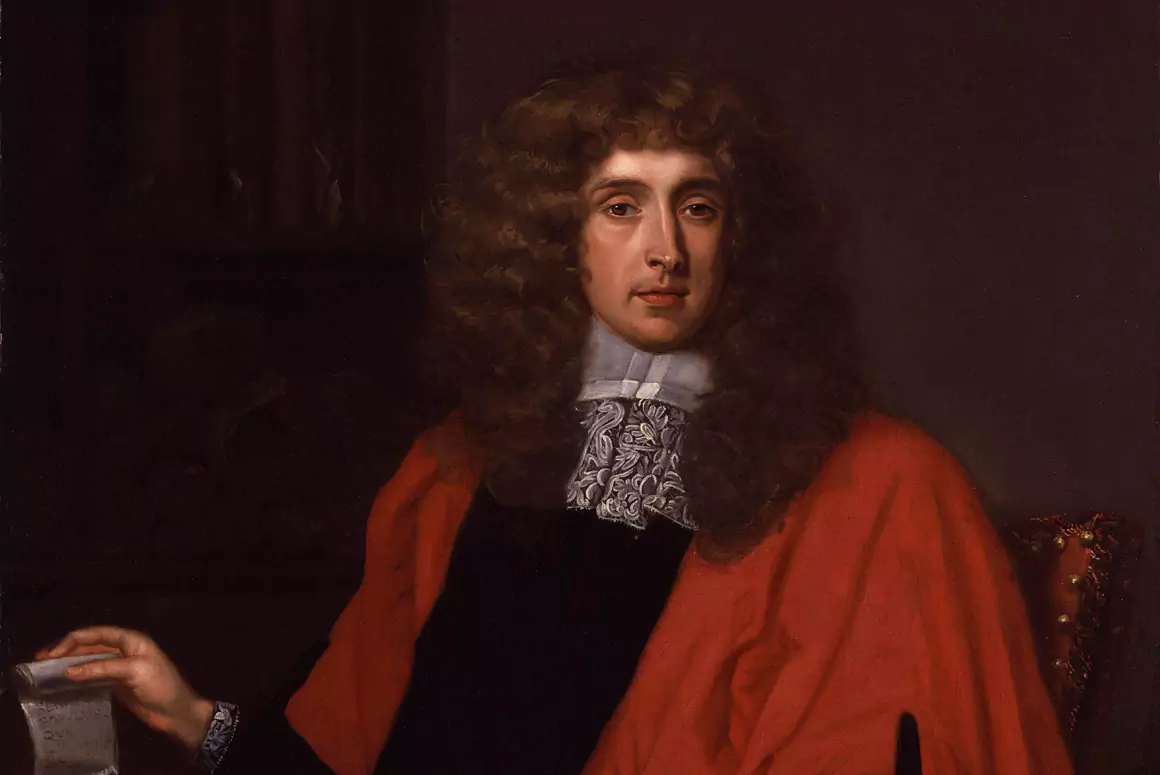Coetan Arthur, Arthur’s Quoit, stands on St David’s Head, where Wales meets the western sea. It’s 4000 years since Neolithic people devoted themselves to making this mark, here, in their community. It’s one of the oldest buildings in the world, older than the pyramids. What is left of the tomb is construction of bare stone. I want to discover whether any trace of the meaning of this ancient place remains.
I get my first view as I reach the top of a small rise in the path above Porth Melgan. Coetan Arthur is still about a quarter of a mile away, in a saddle formed by a dip in the cliffs, between two rock outcrops. Within yards of leaving that small undulation, it is lost from view. To see it again I have to walk up a steep slope, until it is revealed as the ground unfolds to a small plateau. Here the grass is smoother and freer of boulders. Two lines of stone reach out from the entrance, beckoning me in. Behind it the land rises just enough to keep the chamber below the horizon, before the earth drops steeply to the waves. Rocky outcrops strewn with boulders hide it from the south and the north.
The full collective energy of a community would have been needed to make this structure. The capstone, measuring four by three metres is half a metre thick. It rests on the ground on one side and is supported on the other by an orthostat, an upright pillar of rock, one and a half metres tall. Two other orthostats lie on the floor. The capstone’s slab of smooth gabbros rock sparkles in this afternoon’s sun.
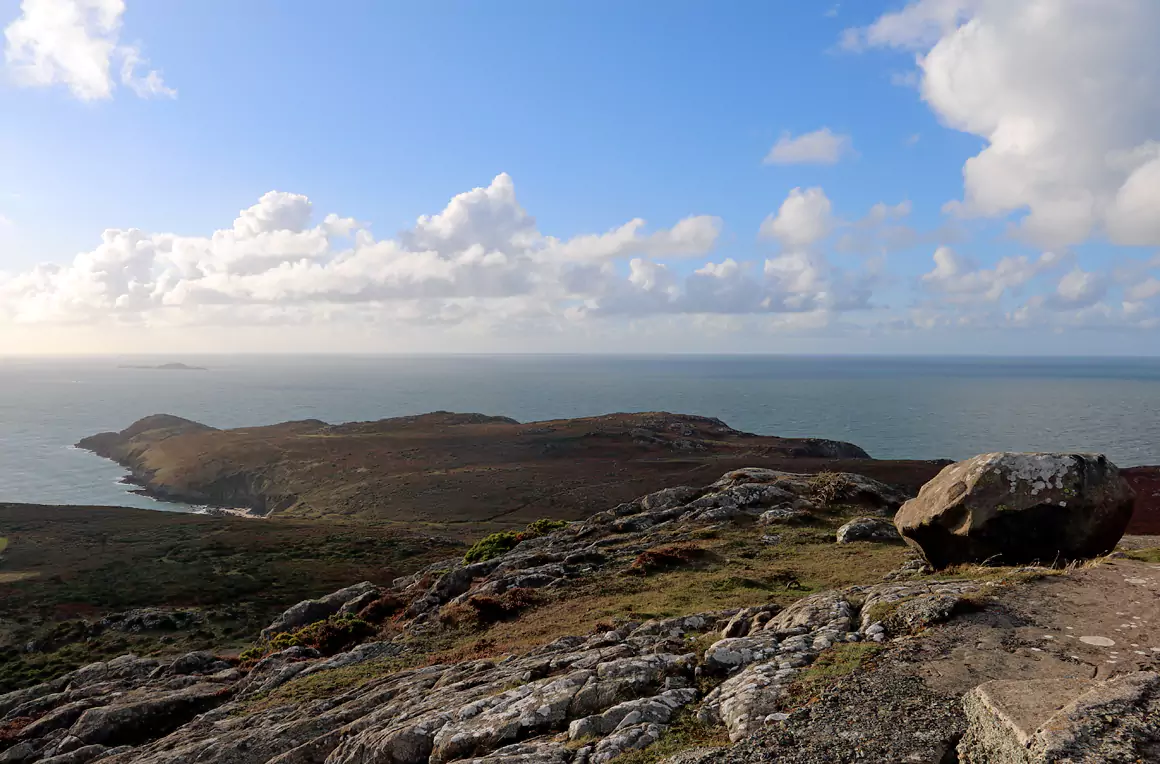
It’s not, the harnessing of physical energy that impresses me most. It is a building that is concealed and revealed as you move through the landscape. The effect is intimacy on a windswept headland. That needed forethought, by people who must have known how to use space and lines of sight. They must have understood that moving through the land shifts shape and vista and through them how power and emotions can be channeled. An idea, an expression of belief is created, a landscape is sculptured. I don’t know what they called that. We call it art.
I want to get some sense of how the tomb feels, whether it is still capable of speaking to me. Bending low, I clamber into the now empty space beneath the capstone, into the chamber that would have held the human remains. It is barely a two metres wide and four metres in length. The stones, dense and heavy, press in around me. Nothing grows in here. The floor is hard, dry and strewn with small pebbles. There’s no room to turn around. The light is dimmed and the wind diminished. The contrast between the open headland and this airless space is palpable.
It’s empty now but I try to picture it with the meaningful bones of those held in high esteem placed carefully around. I close my eyes. I rest my hands on the cool stone. I try to sense what it would feel like if I believed that, here, there was an active two way communication between the living and the ancestors. I wonder if this is even a distinction that they would have acknowledged. What would I feel if I was a conduit, between what lay inside this tomb and what moved outside its walls? Perhaps a balance of responsibility and power? Was the dominance of the past overwhelming? Did the future need the permission of the past?
I can never hope to find the precise meaning Neolithic people made for this place, but we do have things in common. We are a species that knows that we die and that what is vital to us passes. As I age my mortality and what I am to leave behind, grows in significance. We still fashion caskets out memories that we hope will carry on. We need to find safe places for their keeping and so did they. That has endured across the many centuries between our times and joins me with them.
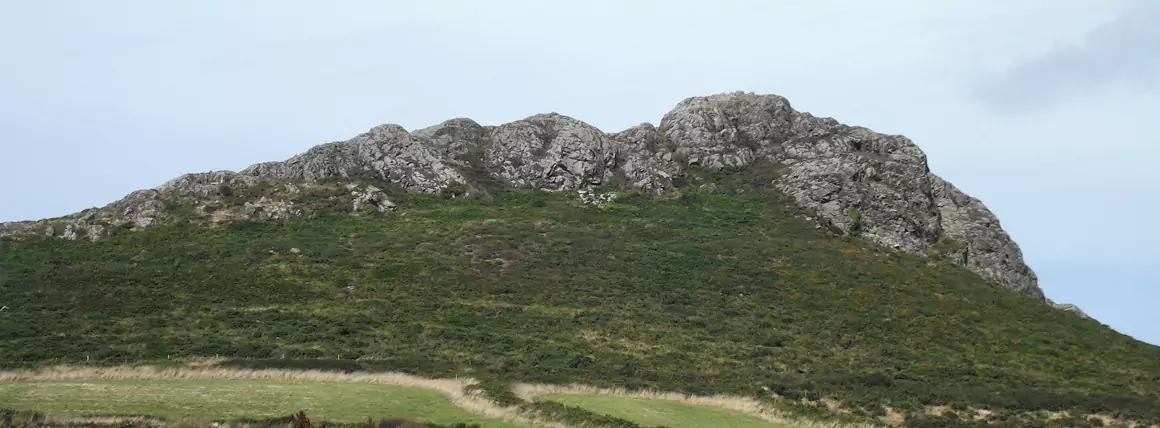
I turn and clamber back out into the colour soaked world of white clouds, a cyan sea and a jumble of emerald and sage across the slopes of Carn Llidi. A single word rings in my head; respect. Respect for what these people achieved here. Respect for their venerated space, one that I have learnt speaks across time.
I walk back along the cliffs and turn to see, as its builders would have done, Coetan Arthur silhouetted against the cerulean sky. Four thousand years is not a long time.
Words: Robert Pickford
Feature image: Coetan Arthur. © Daeve – CC BY-SA 3.0


